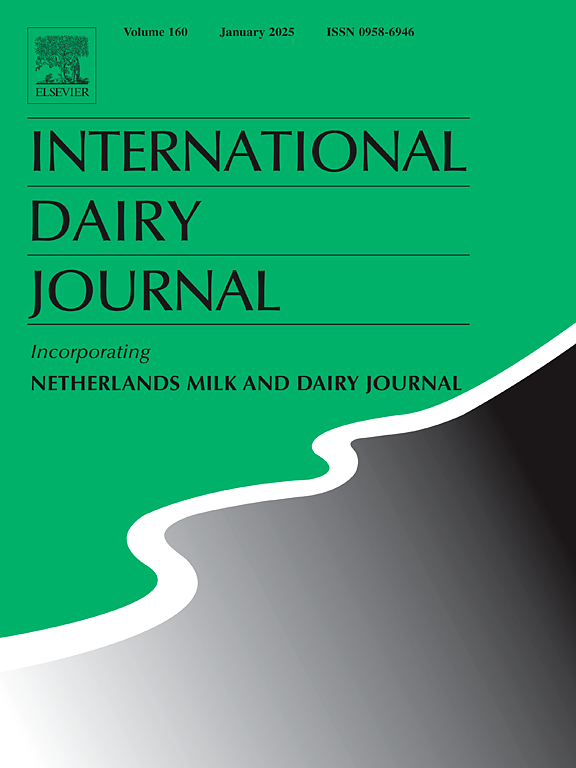强化乳制品粉末中营养成分的“保护”策略:基于化学不稳定性背后机制的关键综述
IF 3.4
3区 农林科学
Q2 FOOD SCIENCE & TECHNOLOGY
引用次数: 0
摘要
乳制品粉是一种重要的营养来源,通常包含提供大量营养素的基础成分,并通过专业成分提供微量营养素的强化。人们普遍认为,通过干燥来保存乳制品的策略不足以保存专业成分。干燥之外的保护策略包括外部环境控制、干燥混合、改性气氛包装、活性包装、封装、添加抗氧化剂和选择特定的营养形式。在这篇综述中,我们评估了这些策略,同时提出了以下问题:为什么这些方法有效?如果满足了机制要求,更简单的方法是否也能起作用?因此,这篇综述批判性地和全面地评估了营养保护方法和提出的营养不稳定机制之间的联系。结论是,虽然营养物质最终可能会降解,但食物变得难吃后发生的事情几乎没有实用价值,因此,专注于实现感官货架期,使用简单的控制,通常可以充分保护营养物质,而不需要专门的技术。本文章由计算机程序翻译,如有差异,请以英文原文为准。
Strategies for the ‘protection’ of fortifying nutrients in dairy-based powders: a critical review based on mechanisms behind chemical instability
Dairy-based powders, an important source of nutrition, often comprise base components that provide macro-nutrients and fortification with micro-nutrients delivered through specialist ingredients. A general belief is that the strategy for preserving the dairy-base, by drying, is insufficient for preserving specialist ingredients. Protective strategies beyond drying include external environmental controls, dry-blending, modified atmosphere packaging, active packaging, encapsulation, antioxidant addition, and selecting specific nutrient forms. In this review, these strategies are assessed while asking the questions: why do approaches work and could simpler approaches also work if the mechanistic requirements were met? Thus, this review critically and holistically assesses the links between nutrient protection approaches and proposed nutrient instability mechanisms. A conclusion was that while nutrients may suffer degradation eventually, what happens after a food becomes unpalatable is of little practical value and therefore focusing on achieving sensory shelf-life, using simple controls, often sufficiently protects nutrients without the requirement for specialised techniques.
求助全文
通过发布文献求助,成功后即可免费获取论文全文。
去求助
来源期刊

International Dairy Journal
工程技术-食品科技
CiteScore
6.50
自引率
9.70%
发文量
200
审稿时长
49 days
期刊介绍:
The International Dairy Journal publishes significant advancements in dairy science and technology in the form of research articles and critical reviews that are of relevance to the broader international dairy community. Within this scope, research on the science and technology of milk and dairy products and the nutritional and health aspects of dairy foods are included; the journal pays particular attention to applied research and its interface with the dairy industry.
The journal''s coverage includes the following, where directly applicable to dairy science and technology:
• Chemistry and physico-chemical properties of milk constituents
• Microbiology, food safety, enzymology, biotechnology
• Processing and engineering
• Emulsion science, food structure, and texture
• Raw material quality and effect on relevant products
• Flavour and off-flavour development
• Technological functionality and applications of dairy ingredients
• Sensory and consumer sciences
• Nutrition and substantiation of human health implications of milk components or dairy products
International Dairy Journal does not publish papers related to milk production, animal health and other aspects of on-farm milk production unless there is a clear relationship to dairy technology, human health or final product quality.
 求助内容:
求助内容: 应助结果提醒方式:
应助结果提醒方式:


